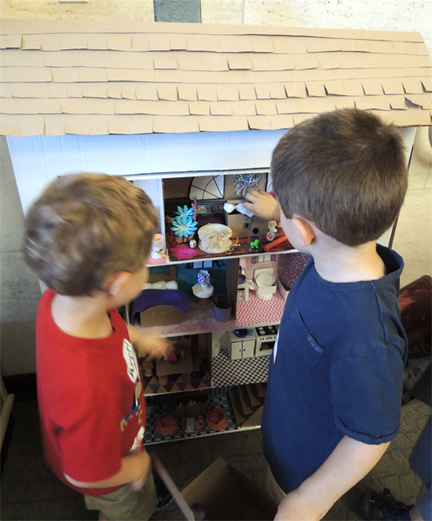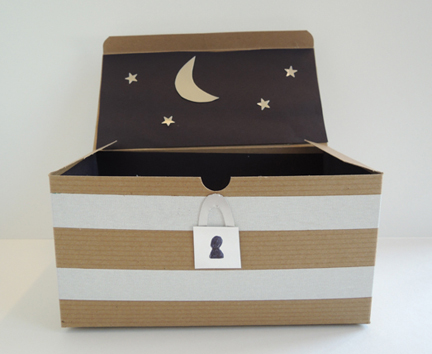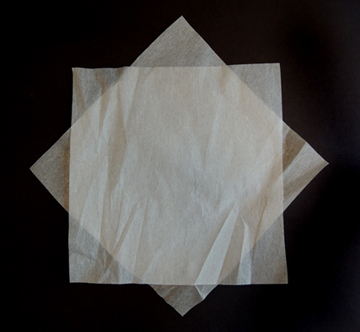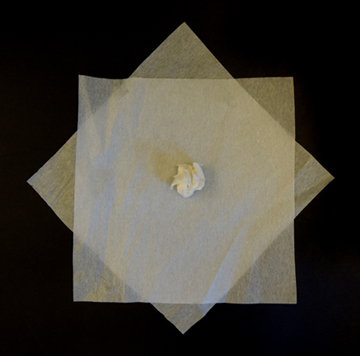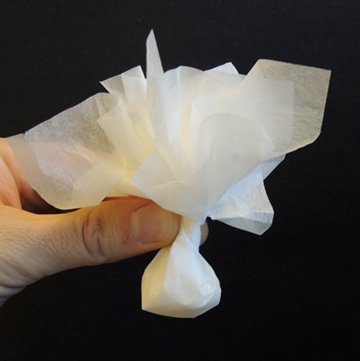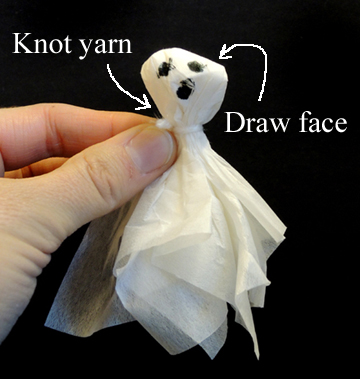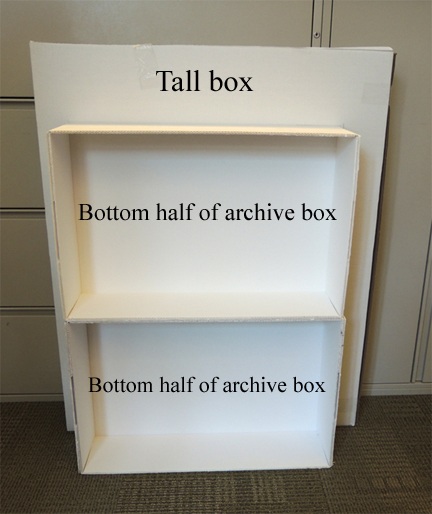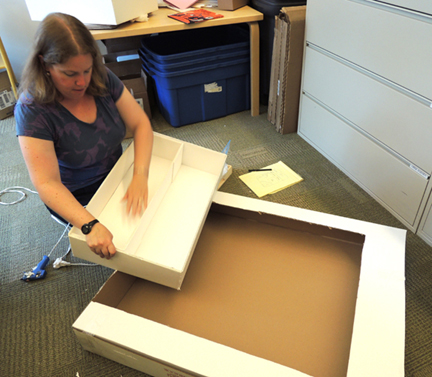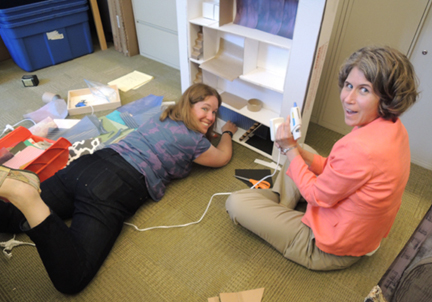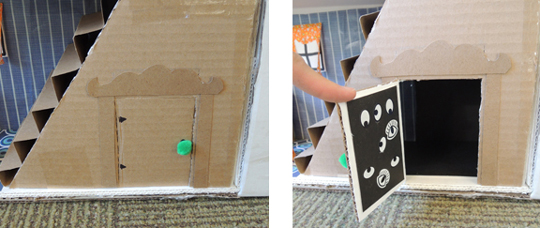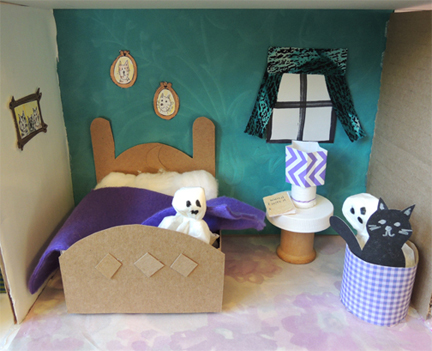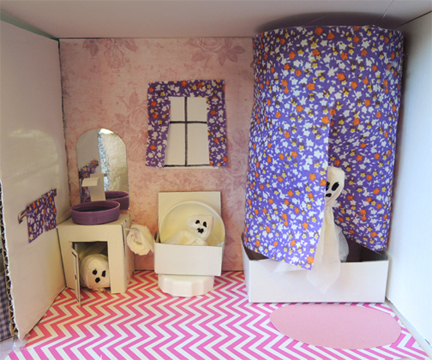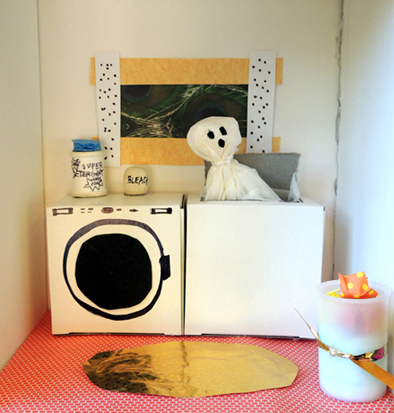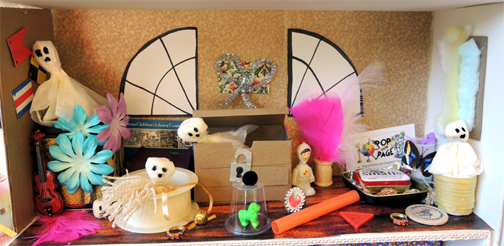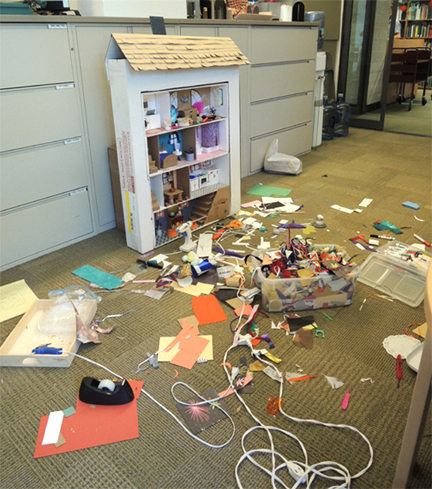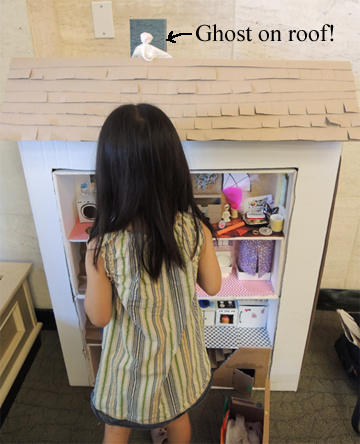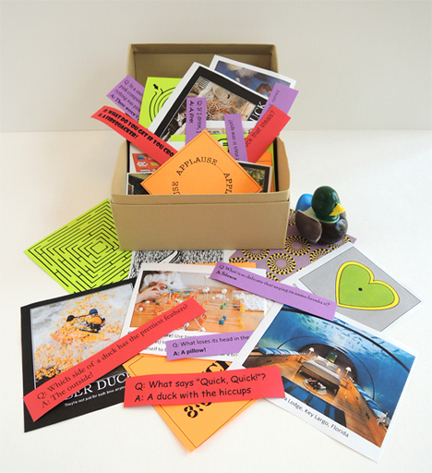 Inside this box are a number of tantalizing puzzles, mazes, optical illusions, images of unusual hotel rooms, building projects, and…ducks. Can all of these things be some how related? The answer is mostly definitely yes.
Inside this box are a number of tantalizing puzzles, mazes, optical illusions, images of unusual hotel rooms, building projects, and…ducks. Can all of these things be some how related? The answer is mostly definitely yes.
This project was part of To Be Continued, our story time program for children ages 6-8. Typically, we do the projects during the program. But unfortunately, the timing on this particular day only gave me five minutes to present the project. To further confound things, it was also the eve of a one month programming hiatus. So I needed something the kids could grab, take home, and discover for themselves. Not unlike the main character in the book!
We read Floors by Patrick Carman (Scholastic, 2011). Ten-year-old Leo Fillmore and his father are the maintenance crew at the Whippet Hotel. But the Whippet isn’t an ordinary hotel. It has a room that’s a giant pinball machine, a roller coaster elevator called the Double Helix, a roof-top duck pond, a Cake Room, a Robot Room, a Pond & Caves room, and a shark head named Daisy. The Whippet is the brainchild of Merganzer D. Whippet, inventor, engineer, architect, and eccentric. Unfortunately, Mr. Whippet has gone missing, the hotel is going haywire, and two mysterious men have been making nefarious inquiries. But things take a turn for the strange when Leo finds a mysterious purple box. Inside is a letter from a lawyer and a clue that can only be from Mr. Whippet. Now Leo, his friend Remi, a duck named Betty, and a talkative robot named Blop have just two days to solve the clues, find more puzzle boxes, explore some of the hotel’s strangest rooms, and save the Whippet.
You’ll need:
- 1 box
- Different color printer paper
- Puzzle box templates (located at the bottom of this post)
- A piece of curling ribbon
- Scissors for construction
- 1 rubber mini-duckie (optional)
Any old box will do, but I decided to splurge and purchase these super-sturdy papier-mâché treasure boxes from Discount School Supply (a set of 12 is $21). My idea was that once kids were done with the activities inside the box, they could decorate the outside with art supplies at home. Here’s what my boxes looked like:
 The tag says “Always bring a duck if you can. They are more useful than you know.” That’s a quote from the book. It’s a very valuable piece of advice given to Leo when he finds the first box. Here’s an image of the full contents of the box:
The tag says “Always bring a duck if you can. They are more useful than you know.” That’s a quote from the book. It’s a very valuable piece of advice given to Leo when he finds the first box. Here’s an image of the full contents of the box:
 In the book, Leo and his friend Remi have to follow cryptic clues, solve a number of riddles, and learn that things are not always as they seem. To replicate this experience for the story time kids, I grabbed mazes, optical illusions, and riddles from the internet.
In the book, Leo and his friend Remi have to follow cryptic clues, solve a number of riddles, and learn that things are not always as they seem. To replicate this experience for the story time kids, I grabbed mazes, optical illusions, and riddles from the internet.
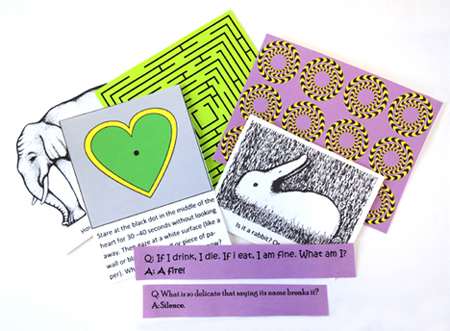 I also scanned some Thinklers (i.e. visual riddles) from the book Thinklers! by Kevin Brougher (Missing Piece Press, 2000).
I also scanned some Thinklers (i.e. visual riddles) from the book Thinklers! by Kevin Brougher (Missing Piece Press, 2000).
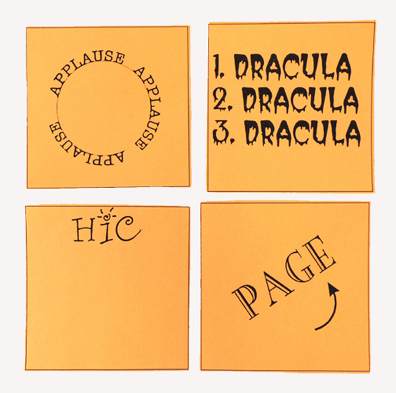 Since Merganzer engineered the Whippet himself, I included suggestions for a couple building projects involving things like gumdrops, marshmallows, toothpicks, toilet paper tubes, and card stock.
Since Merganzer engineered the Whippet himself, I included suggestions for a couple building projects involving things like gumdrops, marshmallows, toothpicks, toilet paper tubes, and card stock.
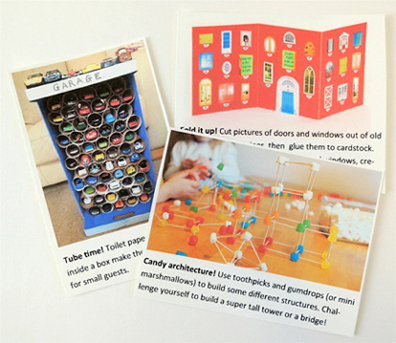 The rooms at the Whippet Hotel are fantastical and amazing. So I did a Google search for unusual real-life hotel rooms. And I found them. Oh yes I did. You must check out the ICEHOTEL in Sweden. Wow.
The rooms at the Whippet Hotel are fantastical and amazing. So I did a Google search for unusual real-life hotel rooms. And I found them. Oh yes I did. You must check out the ICEHOTEL in Sweden. Wow.
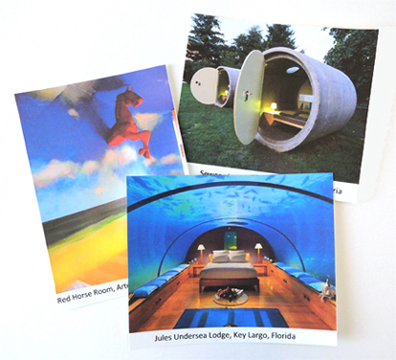 Mr. Whippet is obsessed with ducks, and Betty the duck saves the day more than once. So I rounded up some duck jokes, duck memes, and other miscellaneous duck items.
Mr. Whippet is obsessed with ducks, and Betty the duck saves the day more than once. So I rounded up some duck jokes, duck memes, and other miscellaneous duck items.
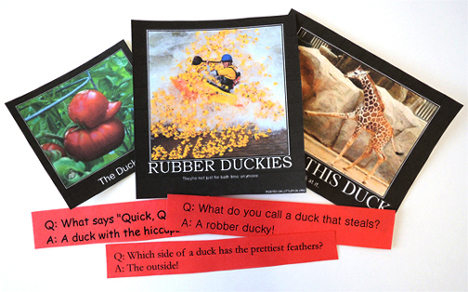 I topped everything off with a rubber mini-duck. I found these on Amazon (12 for $6.87).
I topped everything off with a rubber mini-duck. I found these on Amazon (12 for $6.87).
 Ready to put together a box? Here are the templates you’ll need to reproduce everything.
Ready to put together a box? Here are the templates you’ll need to reproduce everything.
The box tag template for the exterior of the box (you’ll need a hole punch too).
The box contents template 1 consists of 3 pages of duck memes, building activities, optical illusions, and images of unique hotel rooms. Since the images are in color, print them on white paper (card stock works great).
The box contents template 2 consists of 4 pages of Thinklers, mazes, riddles and duck jokes. I recommend printing each page on a different color paper. Also, to economize a little, I repeated the duck jokes and riddles twice on a single page.
Have fun! And may the duck be with you, always.

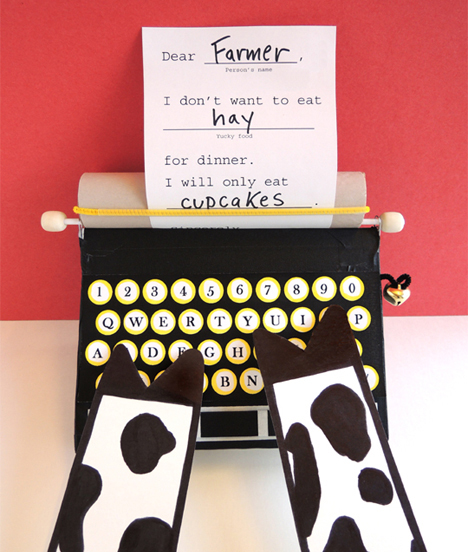 Cows that type? Yes indeed. You can too, using this awesome box typewriter and funny Mad Lib letters!
Cows that type? Yes indeed. You can too, using this awesome box typewriter and funny Mad Lib letters!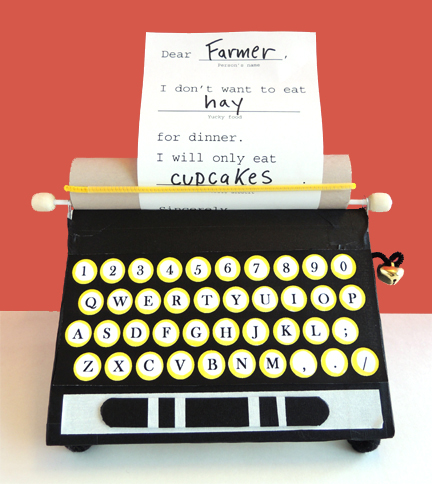 We’ll start with the craft box. Use scissors to cut the tabs off the box, then cut diagonally down each side like so:
We’ll start with the craft box. Use scissors to cut the tabs off the box, then cut diagonally down each side like so:
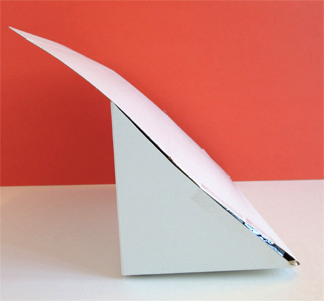


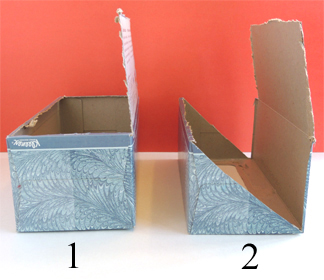
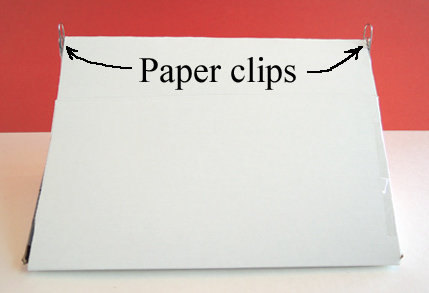
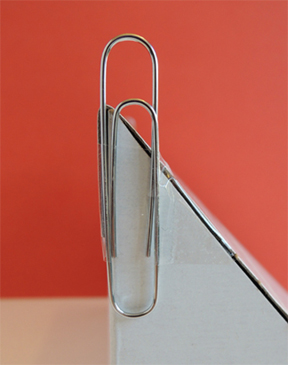
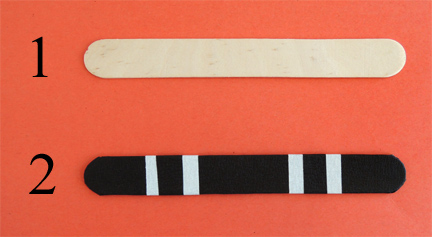
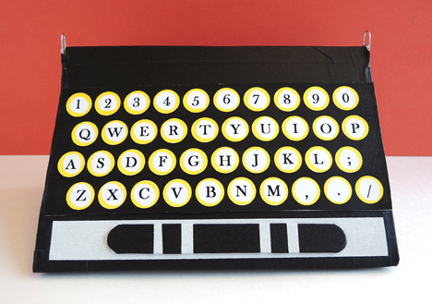
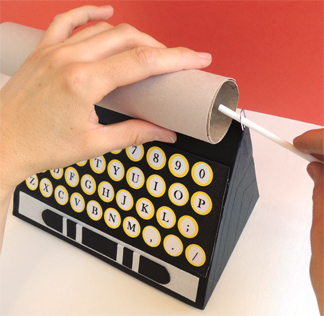
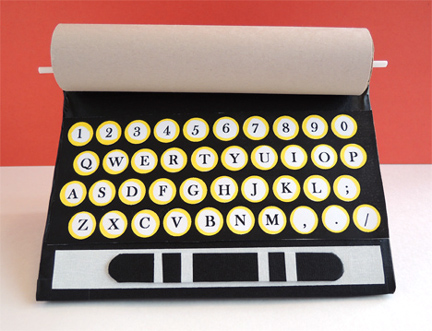
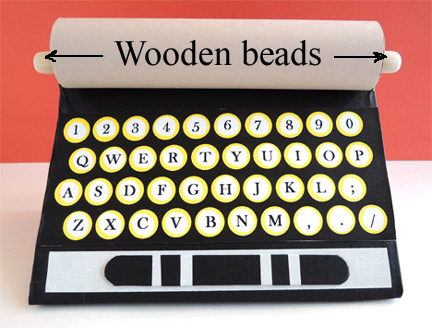
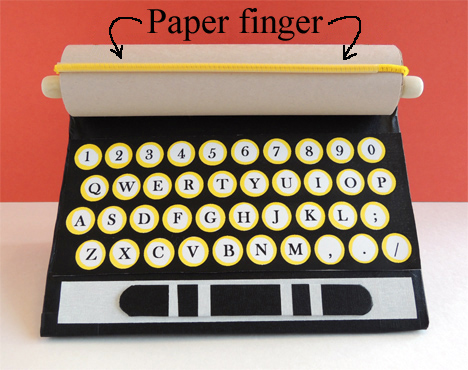
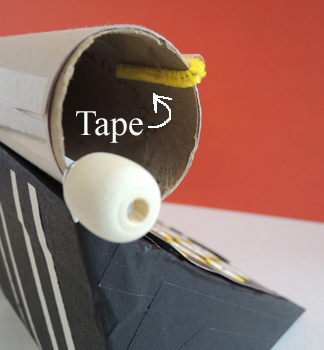
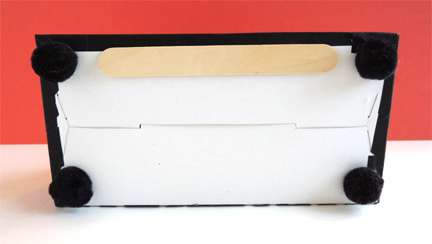

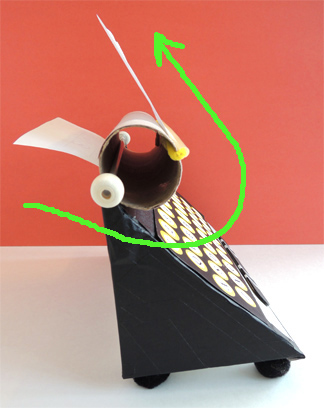
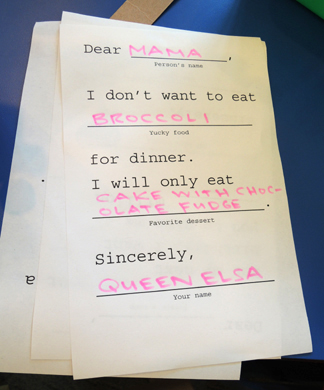
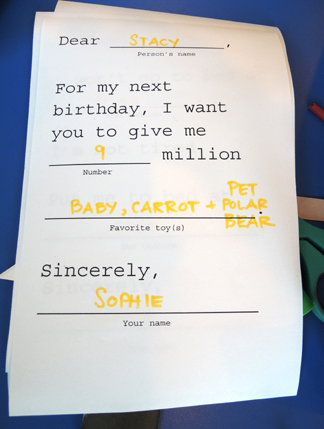
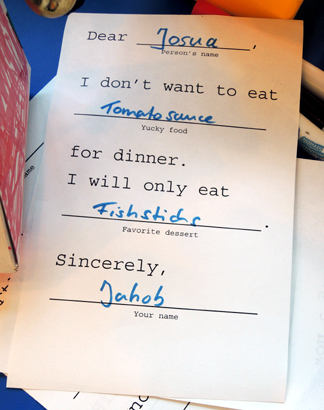
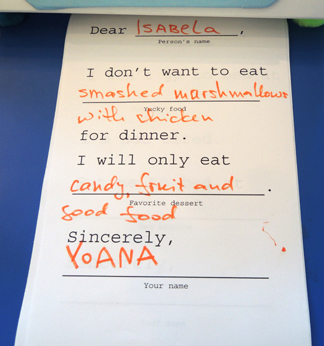
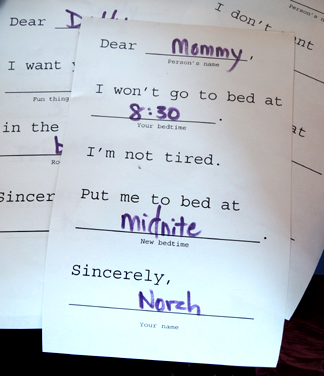
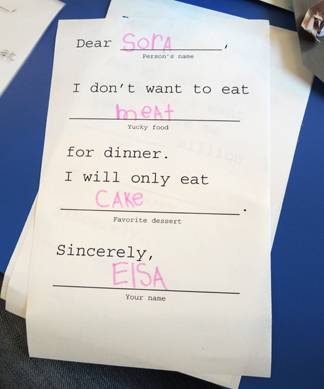
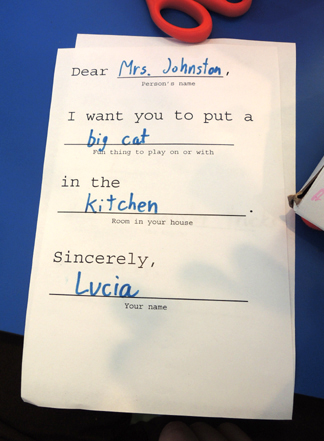
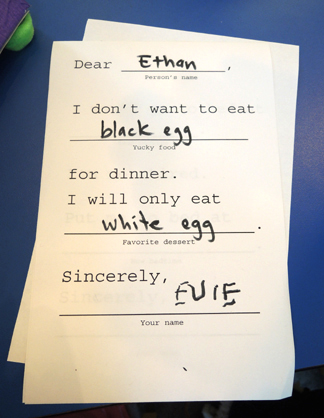
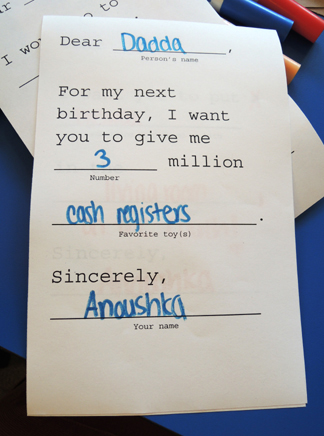
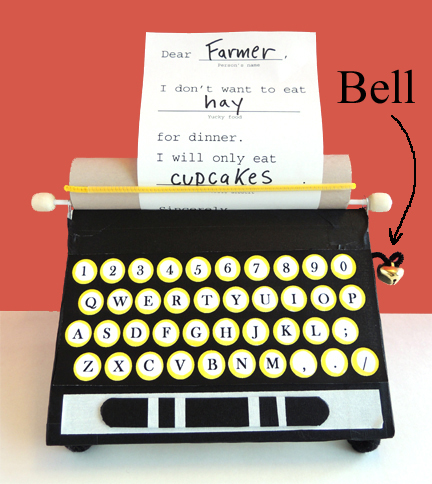
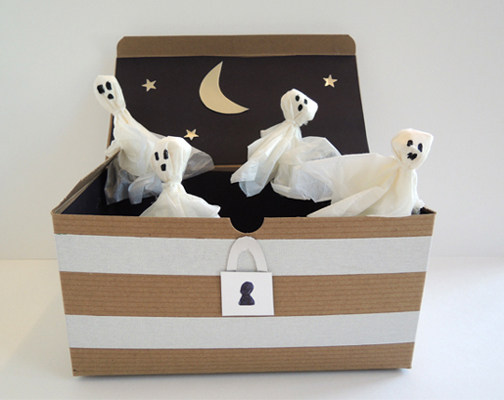
 I hid each kid’s ghosts in various locations in the dollhouse and then invited him/her to find them and tuck them back in his/her ghost box!
I hid each kid’s ghosts in various locations in the dollhouse and then invited him/her to find them and tuck them back in his/her ghost box!